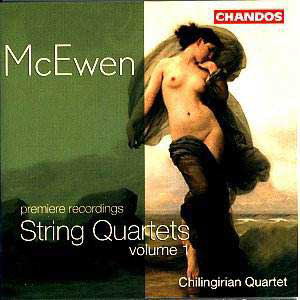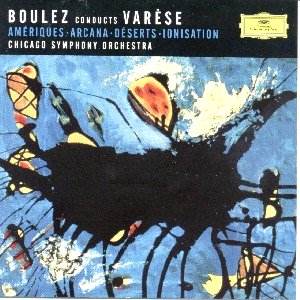 Composer: Antonín Dvořák
Composer: Antonín Dvořák
Works: Piano Trio Op. 90 “Dumky”; Bedřich Smetana – Piano Trio Op. 15
Performers: Guarneri Trio Prague – Ivan Klánský (piano), Čeněk Pavlík (violin), Marek Jerie (cello)
Recording: Domovina Studio, September and November 1991
Label: Supraphon
Dvořák and Smetana, two titans of Czech music, provide an evocative lens through which to explore late Romanticism’s emotional depth and structural ingenuity. Dvořák’s Piano Trio Op. 90, commonly known as the “Dumky,” stands as a testament to the composer’s ability to weave Slavic folk elements into a symphonic tapestry. Written in 1891, the work reflects a poignant blend of melancholy and exuberance, a characteristic that resonates deeply in the Guarneri Trio Prague’s interpretation. Smetana’s Piano Trio Op. 15, composed shortly after a personal tragedy, serves as a powerful counterpart, expressing grief and introspection. The juxtaposition of these works reveals a profound exploration of loss and resilience, making this recording a compelling historical document.
The Guarneri Trio, in their early maturity captured in this 1991 recording, delivers a performance that is both vigorous and sensitive. Their interpretation of the “Dumky” is marked by a briskness that differentiates them from the more leisurely tempos adopted by other esteemed ensembles, such as the Suk Trio. The trio’s ability to navigate the work’s emotional terrain is evident in the third movement, Andante-Vivace non troppo, where Čeněk Pavlík’s violin lines are infused with a rich expressiveness. His left-hand intensifications lend a lush, almost romantic quality to the movement, balancing the inherent volatility of Dvořák’s thematic material. However, this recording is not without its limitations; the acoustic environment of Domovina Studio in 1991 lacks the warmth and resonance that would later characterize their 1997 re-recording, highlighting a certain chilliness that might distract from the emotional undercurrents of the performance.
In contrast, Smetana’s Trio is marked by its intense lyricism and structural complexity. The Guarneri Trio excels at maintaining a balance between the visceral and the contemplative, a feat essential for a work that can easily fragment into disparate emotional shards. Their approach to the work’s climactic moments is particularly noteworthy; they do not shy away from the work’s tempestuous passages, yet they also allow for moments of introspection, which are crucial to the piece’s overall cohesion. The cello, played by Marek Jerie, delivers a robust yet nuanced portrayal, allowing the work’s underlying sorrow to resonate without becoming overwrought. Their careful attention to dynamic contrasts and phrasing breathes life into Smetana’s emotional landscape, making this interpretation one of notable depth.
Technical aspects of the recording reveal a stark difference between the two performances. While the 1991 session captures the trio’s youthful vigor, it also presents challenges in sound quality, with strings occasionally losing their bloom due to the less-than-ideal acoustic conditions. The engineering choices, while reflective of the era, often fail to capture the full spectrum of the ensemble’s tonal palette. However, the musicianship on display does shine through, showcasing a dynamic interplay that hints at the potential for greater expressivity, which they would achieve in subsequent recordings.
A decisive assessment of this release recognizes the Guarneri Trio Prague’s admirable artistry, particularly in their interpretation of Dvořák’s “Dumky” and Smetana’s Trio. Despite the recording’s limitations in sound quality, the ensemble’s commitment to the musical dialogue and emotional authenticity prevails, compelling listeners to engage with both the pieces and the performers on a profound level. This effort stands as a noteworthy exploration of Czech chamber music, making it a significant, if not definitive, addition to the discography of these important works.



